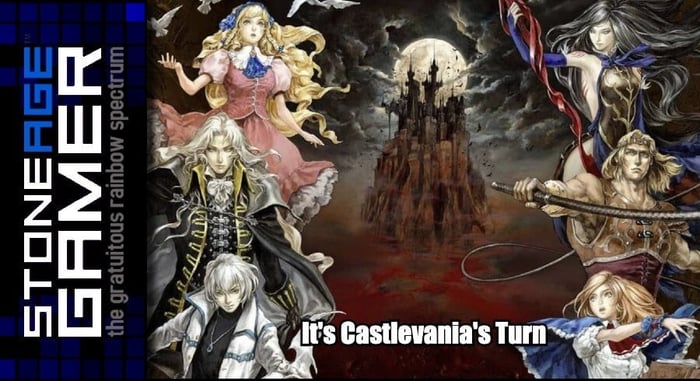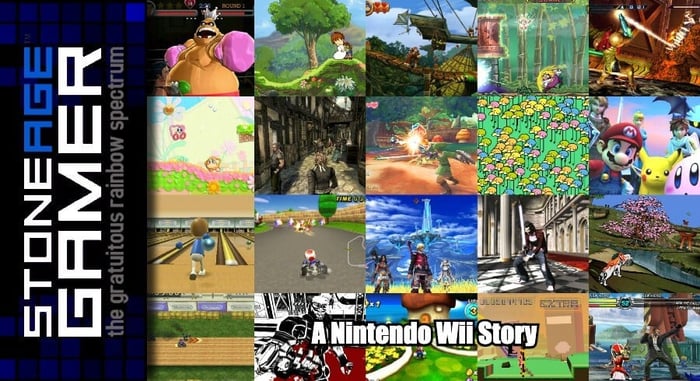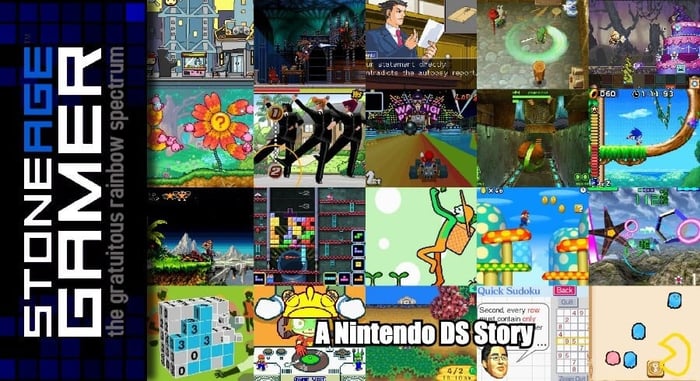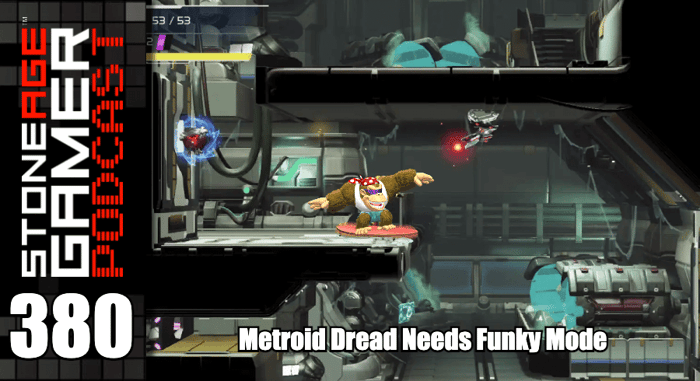
It's Castlevania's Turn
A Castle of Greatness
The Metroidvania genre, or Search Action as it’s technically supposed to be called, has been extraordinarily well represented of late. The likes of Ori and the Blind Forest, Hollow Knight, Axiom Verge, and even older genre pioneers like Blaster Master have been releasing in droves to outstanding results.
But the two games the genre is named for, Metroid and Castlevania, have been dormant for entirely too long. That is, until just a few days ago when Metroid Dread released on Nintendo Switch.
It’s the kind of game you assume will never happen, but here we are. Metroid Dread is real, and it’s also really good. Certain aspects of the game have proven to be a tad divisive since its release, but it’s hard to argue that it isn’t a well crafted game made with love and reverence for what came before it. It’s a genuine modern Metroid game on a home console, and it’s finally brought the franchise that put the genre on the map on the same footing as the games that it inspired.
Who put the Vania in Metroidvania?
But what about the Vania half of the equation? That’s a bit more complicated. Generally speaking, when discussing the Vania in Metroidvanias, people are referring to Castlevania: Symphony of the Night and its six handheld follow ups. But that style of gameplay isn’t actually what made Castlevania popular in the first place. The original NES game was a straight up action platformer, and most of its most successful sequels were as well.
Symphony of the Night for PlayStation is often regarded as a turning point for the series, when the stage by stage action trappings were shed in favor of a more exploratory experience. That's largely true, but Castlevania has flirted with the concepts of exploration for longer than most people give it credit for.
Developed alongside the original NES release was a game called Vampire Killer for MSX. This tells the same story as Castlevania, has the same graphics, same music, and same characters for the most part. It’s much more of an exploratory experience though, involving searching stages for keys. It’s incredibly rudimentary compared to something like Symphony of the Night, but the basic idea was there.
Far more obvious is the original game’s sequel, Simon’s Quest. This game was a bit of a mess in terms of translation, but it’s very much an open exploratory affair. There’s plenty of backtracking, new items that grant you new traversal abilities, and a large sprawling world to experience, by NES standards anyway.
Recipe for Success
Following those two experiments though, Castlevania mostly stuck to its action roots until Symphony of the Night, and then almost everything that followed took more exploration elements into account. Even the series 3D attempts like Lament of Innocence and Castlevania for Nintendo 64 tried to maintain a sense of search action.
But the real success stories stayed on handhelds, and followed Symphony’s formula closely. Few of them actually reached the high bar set by the PlayStation classic, but Castlevania fans were thrilled to have them coming at such regular intervals in such high quality.
Then everything at Konami changed. In an attempt to reboot the franchise into something more in line with what was popular at the time, Konami worked with a company called MercurySteam to create a new Castlevania lineage in Lords of Shadow. This was a fascinating take on the Castlevania lore, but it was a pretty thorough retooling of what Castlevania was. It spawned a sequel and a 2D spinoff called Mirror of Fate, but came to an end shortly after that.
What’s wild is that MercurySteam is actually the studio behind Metroid: Samus Returns for 3DS and Metroid Dread. Many fans didn’t care for their take on Castlevania, but it’s clear they took what they learned working on that franchise and applied it to Metroid. Funny how that all worked out.
The Konami Curse
Meanwhile, since Lords of Shadow more or less folded, the Castlevania franchise has fallen onto hard times. There have been a couple of weird spin offs here and there, but the franchise is way past due for a proper return to form. The problem is, Konami clearly isn’t up to the task.
First, lookat what they did to Metal Gear. After they split with Kojima, Metal Gear Survive showed up and promptly failed to deliver on anything that fans enjoyed about the series in the first place. Then we have Contra.
Often considered Castlevania’s sister series, Konami attempted to revive Contra a few years back with the abysmal Contra: Rogue Corps. It looked and played almost nothing like previous entries in the series. At best, you could consider it “interesting.” At worst, it’s just plain bad.
Then we have Castlevania itself. Just a few weeks ago, Castlevania: Grimoire of Souls launched on Apple Arcade following an unsuccessful mobile phone launch a few years back in Canada and China. It isn’t the worst game I’ve ever played, and it does display a couple of ideas that could theoretically work for a new action-based Castlevania game, but overall it’s way below the quality standards the franchise has set before it.
What Caseltvania needs is a company like MercurySteam to inject new life into it, and it needs a company like Nintendo to push said studio to be their best. Metroid: Samus Returns was a flawed game for sure, but it was a big step up from what the company made with Mirror of Fate. Dread was a phenomenal leap forward in quality from that, and that’s because MercurySteam is an incredibly talented studio, but also because they had Nintendo helping them along the way.
Unfortunately, Konami has proven recently that they are astonishingly out of touch with why their franchises are beloved to begin with, so whoever gets the reins of the franchise from here is going to have to be very good at what they do.
Can Castlevania be Saved?
There are plenty of indie devs out there who would fit this bill, but it stands to reason many of them are probably plenty busy with their own projects. Team Cherry is clearly working hard on Hollow Knight: Silksong, and ArtPlay has their hands full with their own Castlevania replacement series Bloodstained. Perhaps Drinkbox Studios, the group behind the excellent Guacamelee games could take a swing at it? Or maybe Moon Studios, the company behind the excellent Ori games would be a good fit? Who knows?
All I know is, a ton of classic franchises have had successful returns to form this generation. Super Mario Odyssey, Breath of the Wild, Mega Man 11, Crash Bandicoot 4, Blaster Master Zero, and yes, Metroid Dread. The bar has been raised. Castlevania used to be one of the very best, and while I have no idea how, it needs to return to grace.
I guess there’s always the anime.





